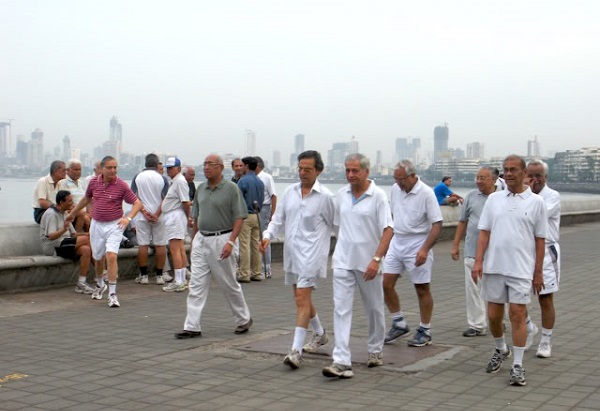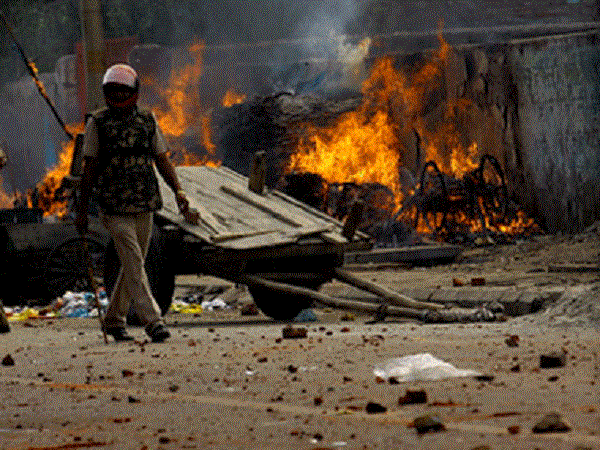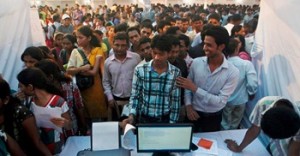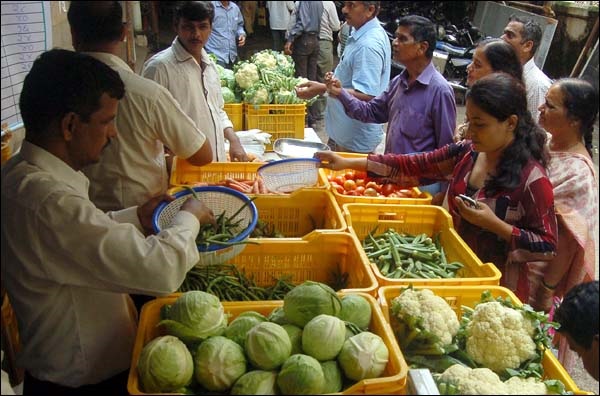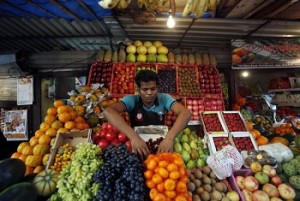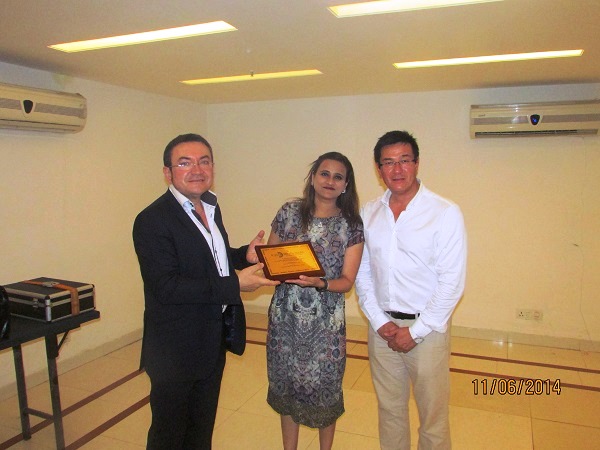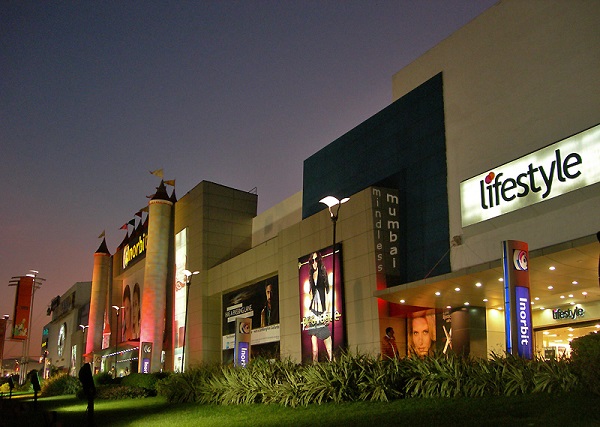Mumbaikars reveal feelings of calmness, better self esteem and improved physical and emotional health due to walking, says a survey.
by The Editors | editor@themetrognome.in
Walking regularly helps people restore their work life balance, makes them calmer, happier and more positive towards life, reveals Max Bupa Walk for Health Survey 2014, a first of its kind study of nearly 1000 walkers in Delhi and Mumbai.
According to the survey, 83 per cent walkers in Delhi and Mumbai experience positive lifestyle changes post walking. 43 per cent walkers in Mumbai and 47 per cent walkers in Delhi feel they have become calmer after taking up walking, while 26 per cent in Mumbai say that their work life balance has improved post walking, as they have started leaving office on time,to walk.
 The survey reveals that more Mumbaikars also feel that their sleeping habits have improved as a result of walking, and many have experienced an improvement in their self-esteem and confidence. Interestingly, 70 per cent patients suffering from serious heart, respiratory, obesity and bone or joint-related ailments also experienced improvement in their physical, mental and emotional health after walking.
The survey reveals that more Mumbaikars also feel that their sleeping habits have improved as a result of walking, and many have experienced an improvement in their self-esteem and confidence. Interestingly, 70 per cent patients suffering from serious heart, respiratory, obesity and bone or joint-related ailments also experienced improvement in their physical, mental and emotional health after walking.
The Max Bupa Walk for Health initiative aims to encourage people to integrate walking into their daily schedule. Buoyed by the participation of more than 40,000 people in the two editions of Max Bupa Walk for Health 2012 and 2013, the third edition of Max Bupa Walk for Health is scheduled for November 9 this year in Delhi and Mumbai.
A significant number of regular walkers say that that they have started avoiding junk food (60 per cent), started waking up early (51 per cent) and have become more inclined towards a healthier lifestyle than before. 1 out of every 3 regular walkers in Mumbai prefer walking over driving short distances. The incidence of walking instead of driving shorterdistancesis also high among cardio (47 per cent) and obese patients (35 per cent).53 per cent patients who walk regularly experienced decrease in stress and 41 per cent said it helped improve their blood pressure levels. Weight loss is also one of the positive after-effects of walking, visible within six months in most patients. On an average, patients reported losing more than four kg through regular walking. Cardio and obesity patients reported an average weight loss of six kg and five kg respectively.
Manasije Mishra, Chief Executive Officer, Max Bupa said, “The findings of the survey reinforce the numerous physical and psychological benefits of walking, including better health, positive lifestyle changes, improvement in eating and sleeping patterns, among many others. It has emerged from the survey that walking is a super pill, prescribed by 96 per cent doctors to people across age groups, including patients suffering from chronic ailments like heart diseases, obesity and asthma.”
Pointing at city wise walking trends, the survey revealed that while Delhi walks more on weekends, Mumbai walks the same distance on weekdays and weekends. However, Mumbai walks longer (45 minutes) than Delhi (34 minutes) at one go.
“The survey shows that companionship makes walking more enjoyable and presence of a companion is a motivator for people across age groups to walk regularly. Over 50 per cent people in Mumbai prefer to walk with their families,”added Anika Agarwal, Head-Marketing, MaxBupa.
Interestingly, the survey also revealed how technology motivates different age groupsand genders to walk more. People in the older age group are more disciplined and focused while walking, however those in the middle and younger age groups like to multitask, engage on social networking sites or apps while walking. Respondents said they listen to music, check emails or talk on the phone as they walk.
(Pictures courtesy arunshanbhag.com, caveviews.blogs.com. Images used for representational purpose only)
